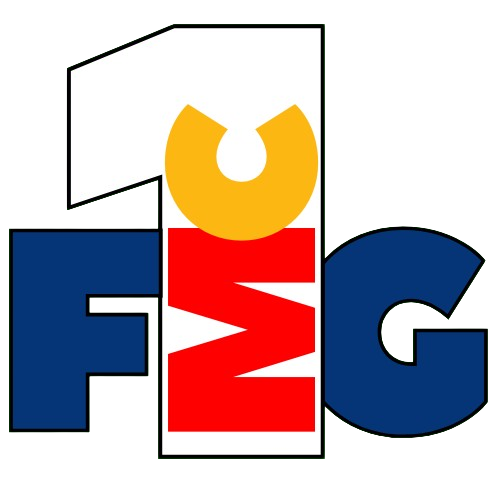Top FMCG Stocks Slip as BofA Downgrades Sector on Margin Pressures
Shares of leading Indian FMCG companies, including Nestlé India and Hindustan Unilever (HUL), declined by as much as 2% on April 30 following a sector-wide downgrade from Bank of America (BofA). The investment bank cited subdued rural recovery and rising competition as key pressures on operating margins.
BofA revised its stance on the Indian consumer sector from “attractive” to “neutral”, reflecting concerns over slower-than-expected rural demand revival and intensifying pricing pressure from regional and value-focused players. Analysts noted that while input cost inflation has softened, brands have been unable to fully pass on pricing benefits due to heightened competition, impacting gross margins.
Specifically, BofA downgraded Hindustan Unilever to “underperform” with a target price of ₹2,100, suggesting limited upside from current levels. Nestlé India also received a downgrade to “neutral”, with a revised target of ₹2,580. On the Bombay Stock Exchange, Nestlé shares were down 1.5% and HUL slipped 2% intraday following the announcement.
The report highlighted that while gross margins for FMCG players are recovering post-commodity inflation, operating margins remain under pressure. BofA estimates a 70 basis point margin contraction for the sector in FY24 on average, driven by increased spending on promotions and advertising as companies fight for share in a more competitive environment.
In terms of broader valuation, the brokerage expects sectoral re-rating may be limited given elevated valuations and muted earnings momentum. BofA pointed to a preference for select discretionary stocks offering better risk-reward profiles, while remaining cautious on staples facing slower volume growth and margin constraints.
Despite the near-term challenges, the FMCG sector remains fundamentally strong, with long-term drivers such as increasing urbanisation, premiumisation, and rising disposable incomes intact. However, in the current context, investors and brand leaders alike will be closely watching rural demand trends and pricing dynamics as key indicators for sectoral recovery in the second half of FY25.

